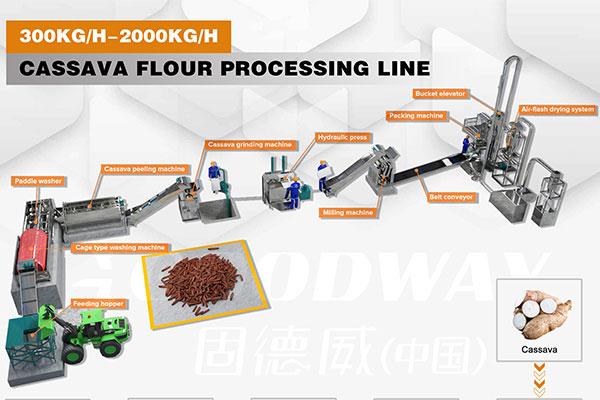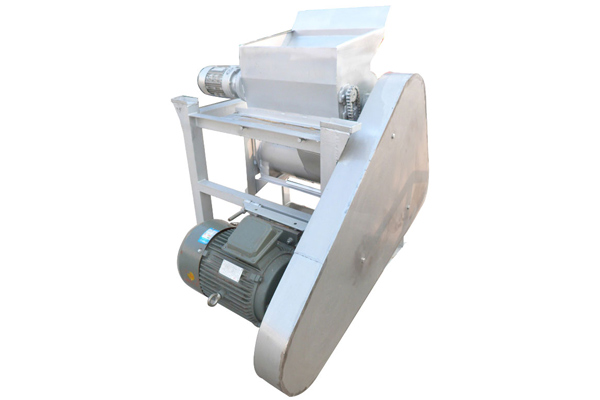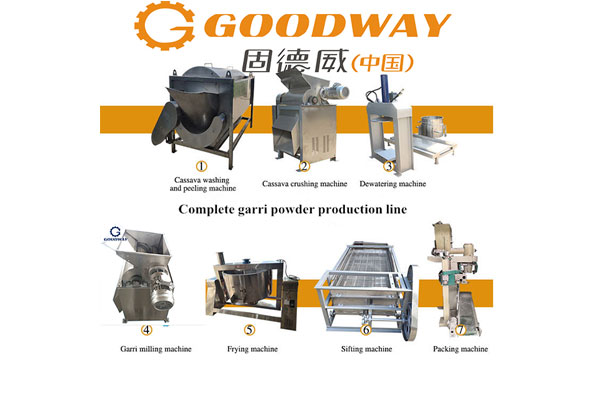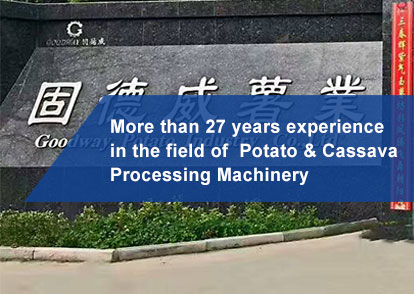1. The reason why the cassava starch processing low-cost starch desanding and purification is not clean
Small and low-cost cassava starch processing models often have problems that are not clean enough, starch is impure, and taste is not good. If the content of impurities in the sediment is too high, not only the starch quality will not meet the standard, but also the processing of vermicelli will be affected, and the vermicelli may not be formed and easily broken.
The reasons for these problems are basically that the filtration of starch purification and desilting and sand removal is not in place. If you follow the mechanized cassava starch processing process, it is very simple to separate and remove the sediment, and only need to equip a set of professional desilter. After the starch slurry is crushed and initially filtered, it is pumped into the desilting equipment through the pipeline. The two processes ensure that the sediment in the starch is fully removed, which can greatly improve the purity and whiteness of the starch.
2. How to do the low-cost starch desanding and purification of tapioca starch processing?
For low-cost tapioca starch processing workshops, more traditional precipitation methods are used for starch filtration. If you do not have the ability to purchase professional sediment removal equipment, you can consider the following methods to purify starch and filter sediment.
(1) The cassava starch processing should be carefully cleaned multiple times. First, fully soak the cassava raw materials, scrub by hand and rinse repeatedly to wash the attachments on the surface of the cassava to reduce the residue of sediment.
(2) During tapioca starch processing, multiple precipitation and separation are required. The traditional precipitation method is to stand for a period of time in the mixed starch slurry stored in the pool. Due to the difference in specific gravity, the turbid liquid and starch particles are gradually separated, and the butter powder and impurity particles float on the upper layer and need to be discharged in time. Repeated precipitation several times can discharge a large proportion of these substances. However, compared with a professional desilter, there will still be silt residue.
(3) When cassava starch is processed, there will be fine sand residue at the bottom of the starch block removed after precipitation. Be sure to check carefully and clean it up manually.
(4) For the processing of cassava starch, a qualified drying field should be built to be able to shelter from wind and rain. Even if qualified manufacturers do not use starch dryers and choose natural drying methods, they must pay attention to the choice of drying sites and stay away from passages to prevent dust and sand from flying and further pollute starch.

 EN
EN
 fr
fr  es
es  it
it  pt
pt 







